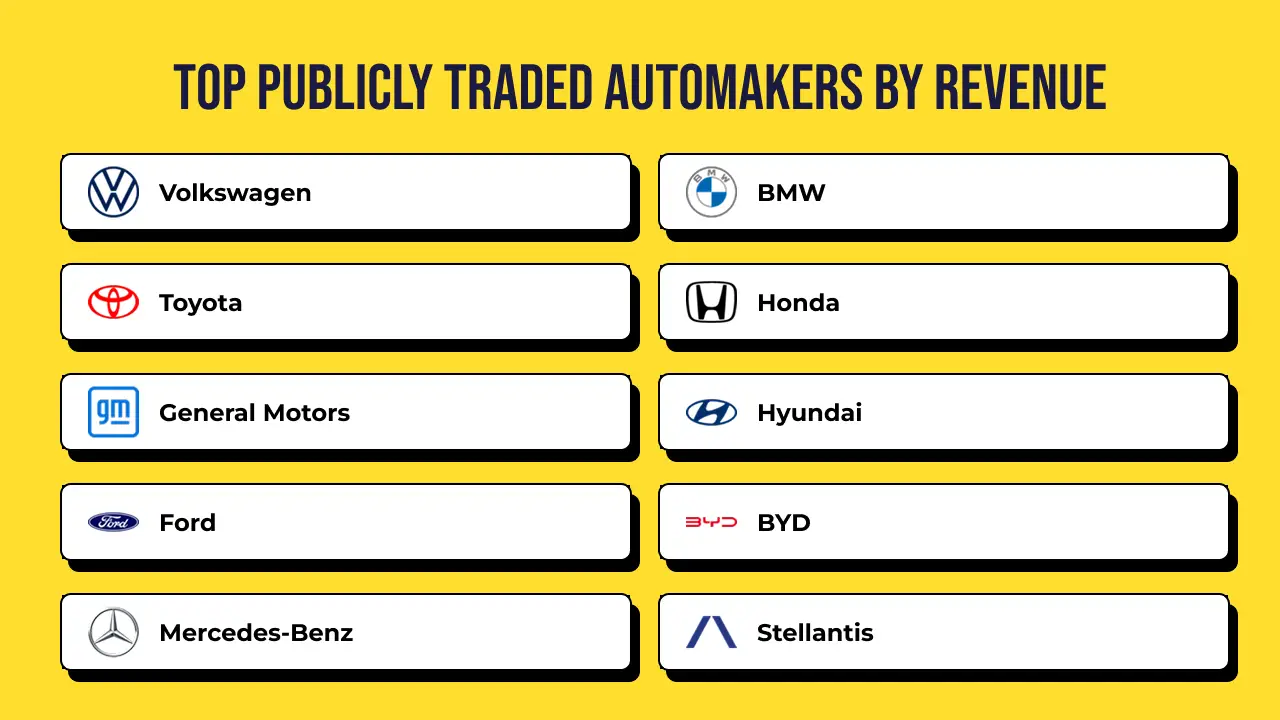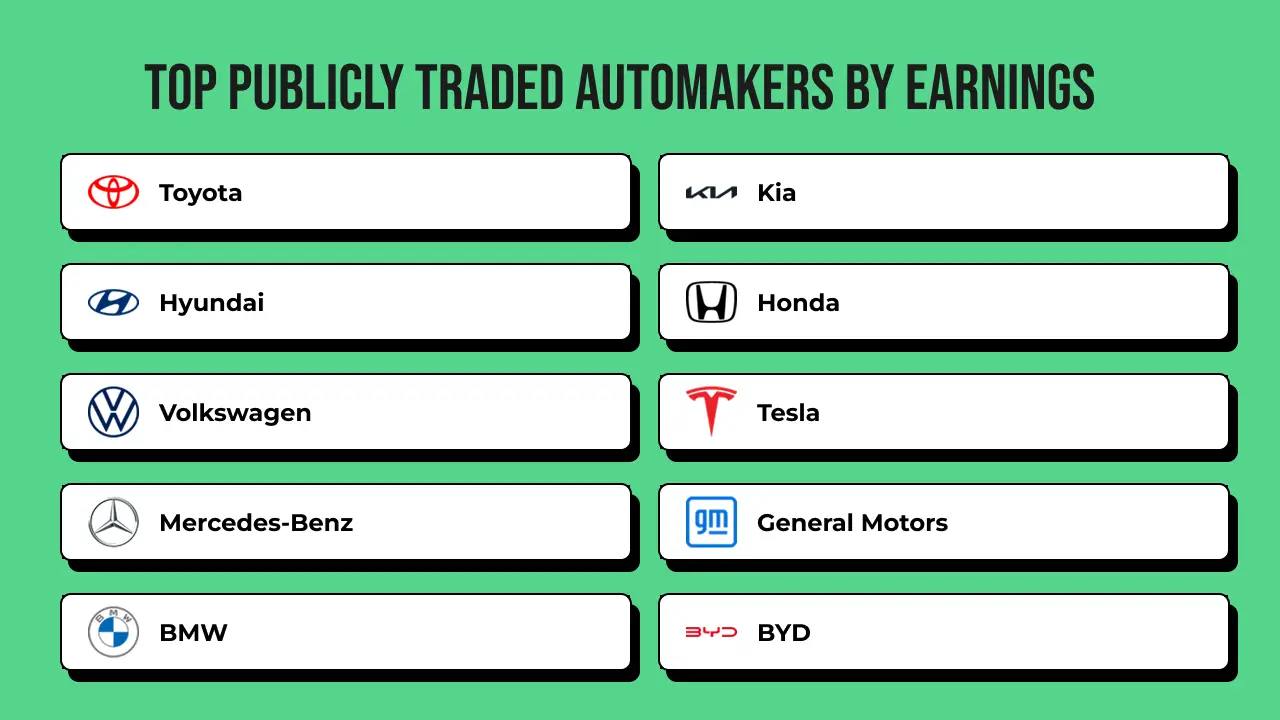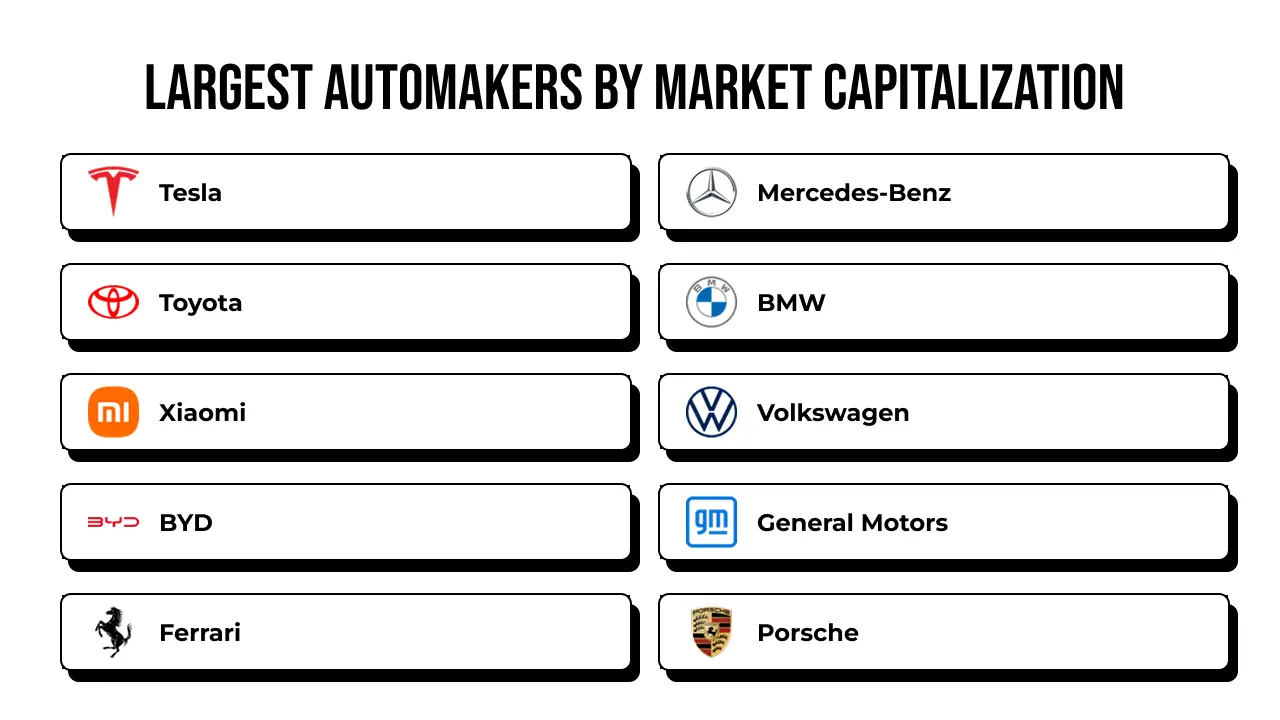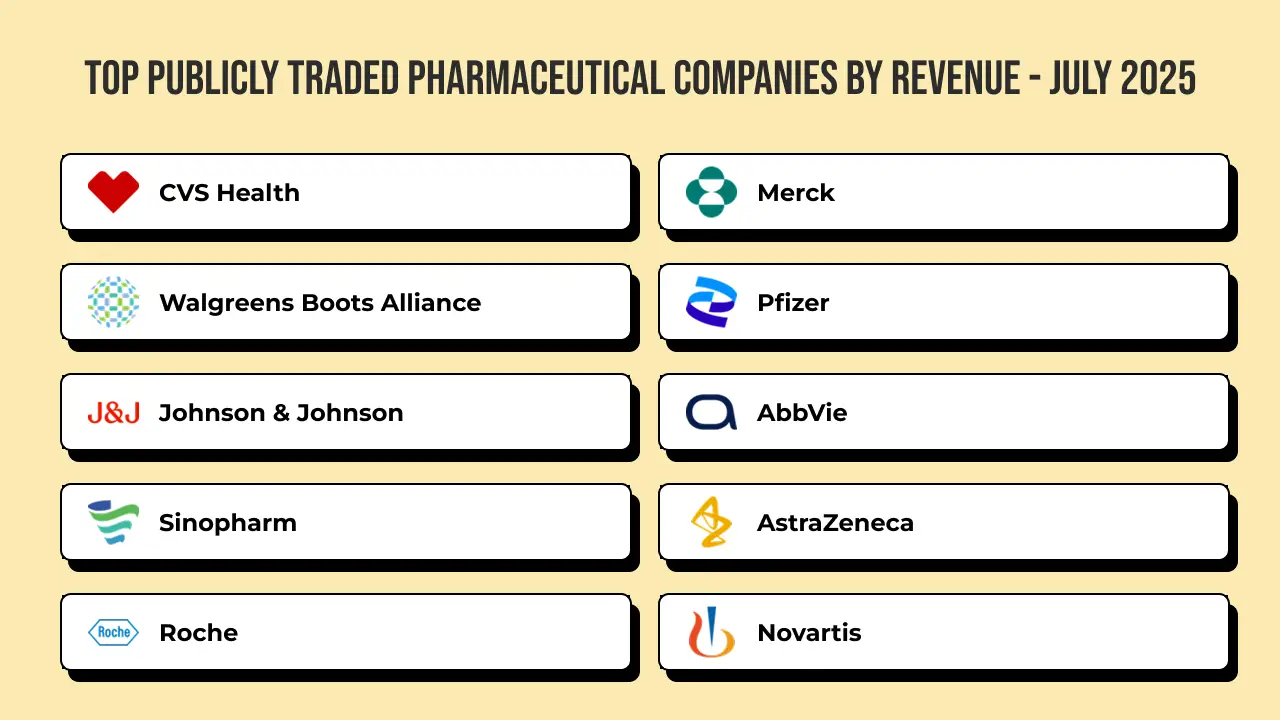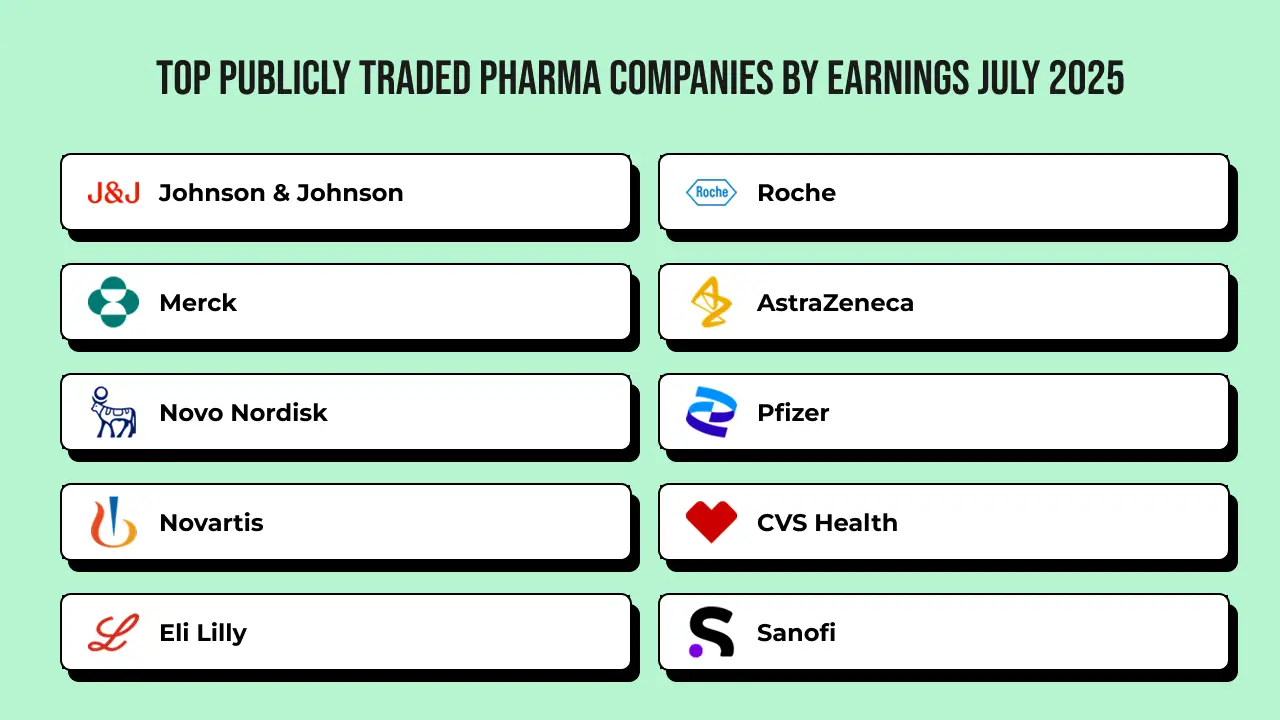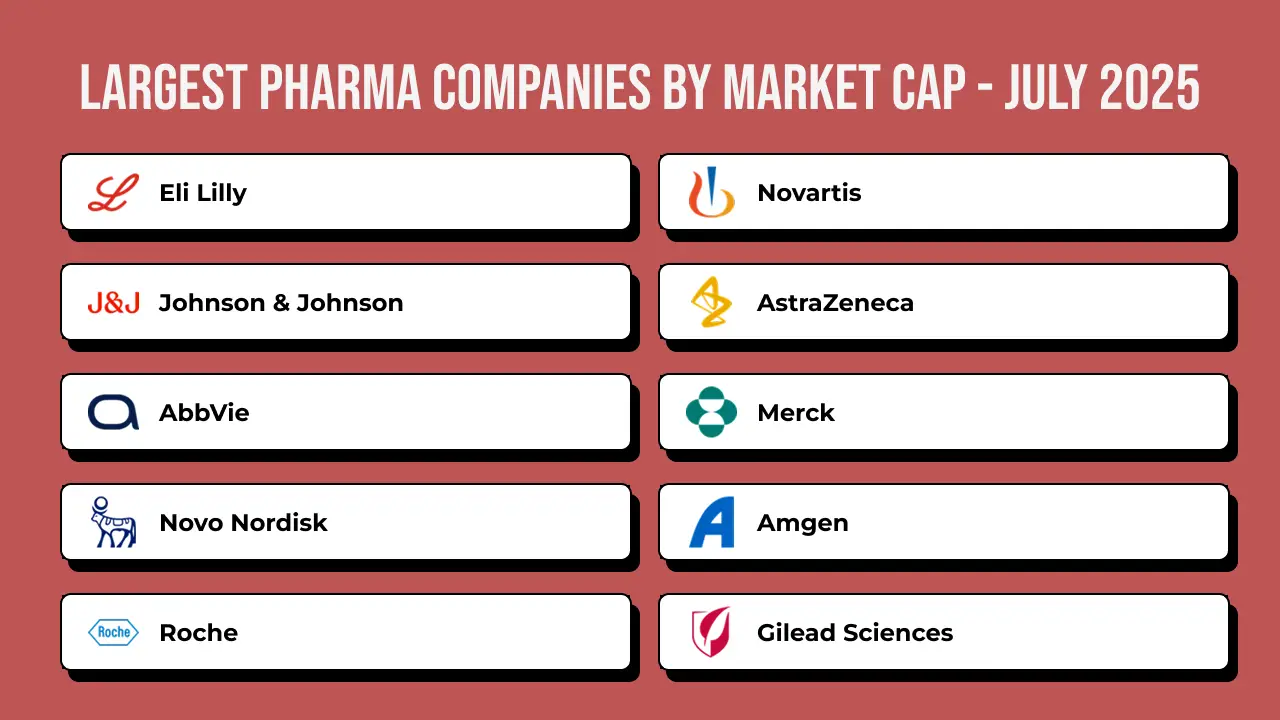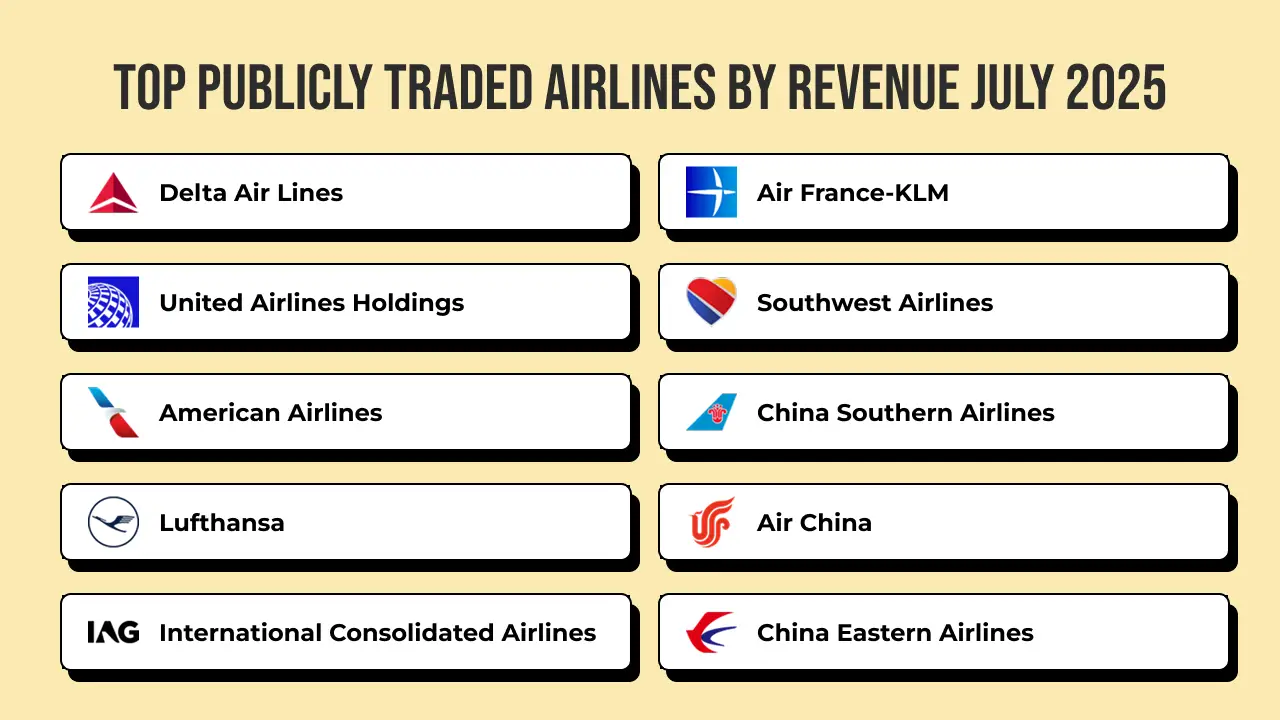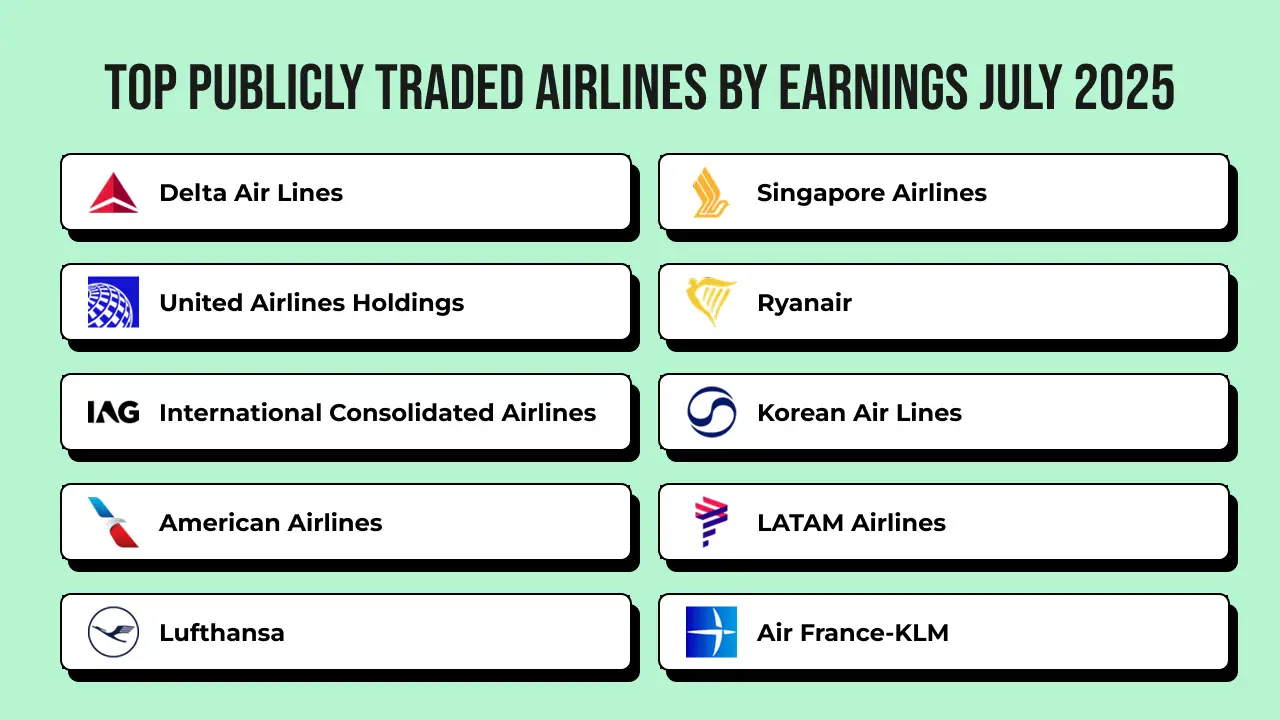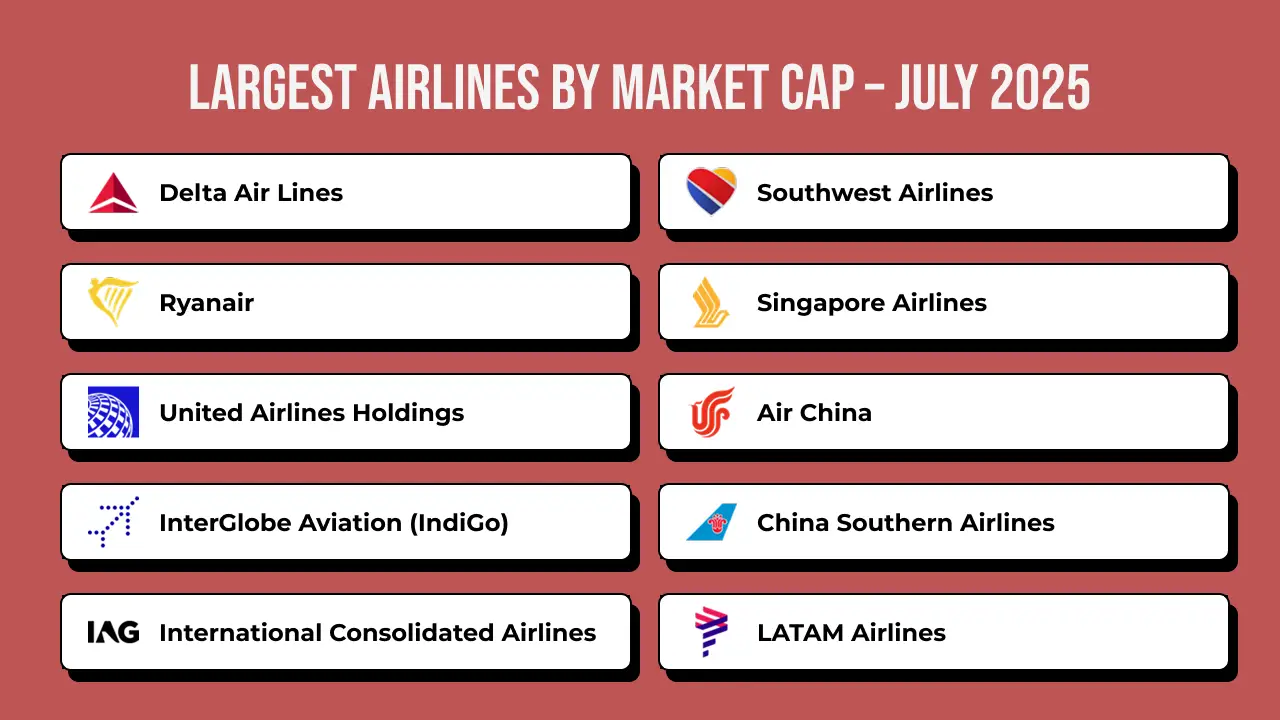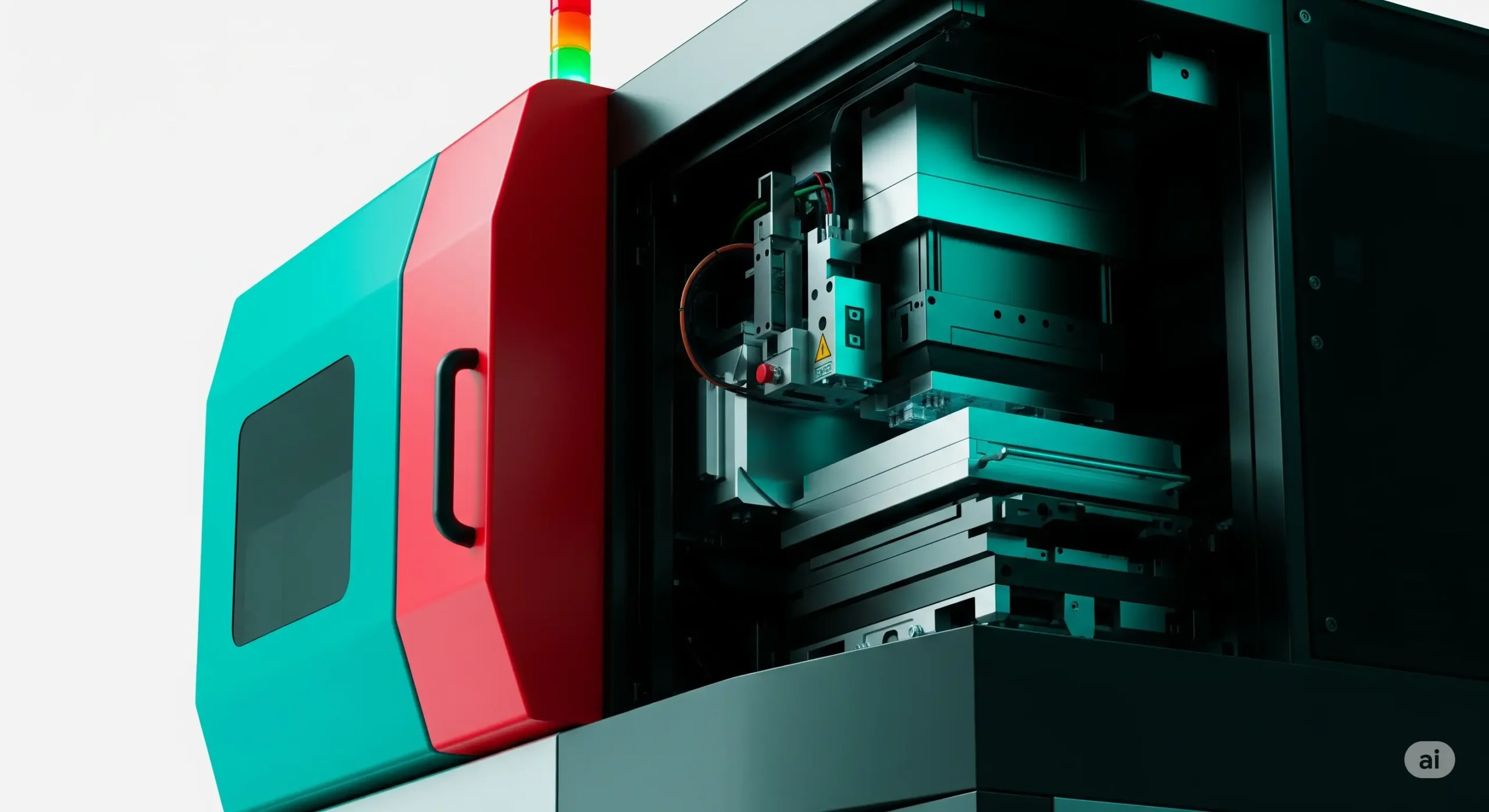The global automotive industry continues to demonstrate remarkable resilience and growth in 2025, with traditional manufacturers maintaining their dominance while new electric vehicle players establish significant market positions. The landscape reveals a fascinating mix of established European and Asian giants alongside emerging Chinese and American EV manufacturers, reflecting the industry’s ongoing transformation toward electrification and sustainable mobility solutions.
Top 10 Automakers by Revenue
| Rank | Company | Revenue | Country |
|---|---|---|---|
| 1 | Volkswagen | $351.70 B | Germany |
| 2 | Toyota | $314.60 B | Japan |
| 3 | General Motors | $188.44 B | USA |
| 4 | Ford | $182.87 B | USA |
| 5 | Mercedes-Benz | $153.85 B | Germany |
| 6 | BMW | $150.16 B | Germany |
| 7 | Honda | $142.10 B | Japan |
| 8 | Hyundai | $127.19 B | South Korea |
| 9 | BYD | $114.04 B | China |
| 10 | Stellantis | $101.26 B | Netherlands |
The automotive revenue rankings for July 2025 showcase Volkswagen Group’s continued leadership position with revenues of $351.70 billion, maintaining its status as the world’s largest automaker by revenue. Toyota follows closely with $314.60 billion, demonstrating the enduring strength of Japanese manufacturing excellence and hybrid technology leadership. The gap between these two automotive titans remains substantial, yet both companies have successfully navigated the transition toward electrification while maintaining their core market positions across multiple global regions.
American automakers continue to hold significant positions in the global rankings, with General Motors securing third place at $188.44 billion and Ford following at $182.87 billion. Both companies have invested heavily in electric vehicle development and manufacturing capabilities, positioning themselves to compete effectively in the evolving automotive landscape. Their strong domestic market presence and expanding international operations contribute significantly to their robust revenue figures, while their strategic partnerships and technological investments prepare them for future market challenges.
German luxury manufacturers demonstrate exceptional performance in the premium segment, with Mercedes-Benz generating $153.85 billion and BMW achieving $150.16 billion in revenue. These companies have successfully maintained their luxury market leadership while transitioning their product portfolios toward electric and hybrid powertrains. Their strong brand equity, technological innovation, and global distribution networks continue to drive premium pricing and customer loyalty, contributing to their impressive revenue performance despite the industry’s ongoing transformation.
The emergence of Chinese manufacturer BYD in ninth position with $114.04 billion represents one of the most significant developments in the global automotive industry. As a leading electric vehicle manufacturer, BYD’s inclusion among the top 10 revenue generators reflects the rapid growth of the Chinese EV market and the company’s successful expansion into international markets. This achievement underscores the shifting dynamics of the automotive industry, where traditional geographic and technological boundaries are being redefined by new market entrants focused on sustainable mobility solutions.
The automotive industry’s revenue distribution reveals a highly competitive landscape where traditional manufacturers must balance legacy operations with substantial investments in electrification, autonomous driving technologies, and new mobility services. Companies like Stellantis, Honda, and Hyundai continue to demonstrate strong performance through strategic acquisitions, technological partnerships, and regional market expansion. The presence of multiple nationalities among the top performers highlights the truly global nature of the automotive industry, where success depends on technological innovation, manufacturing efficiency, and the ability to adapt to rapidly changing consumer preferences and regulatory requirements.

